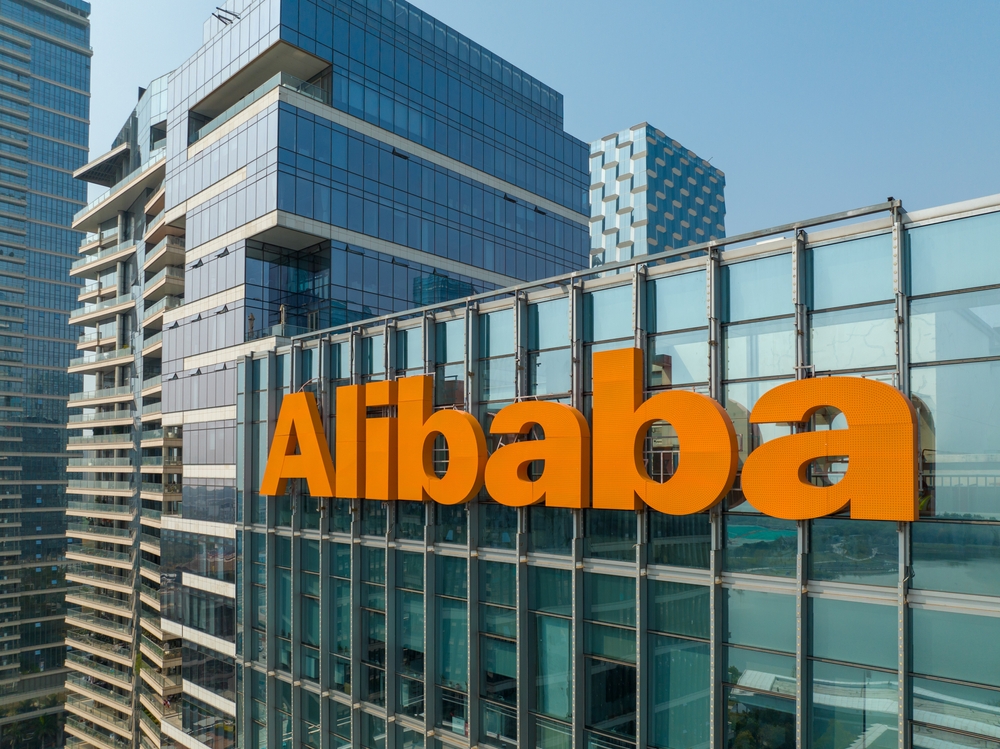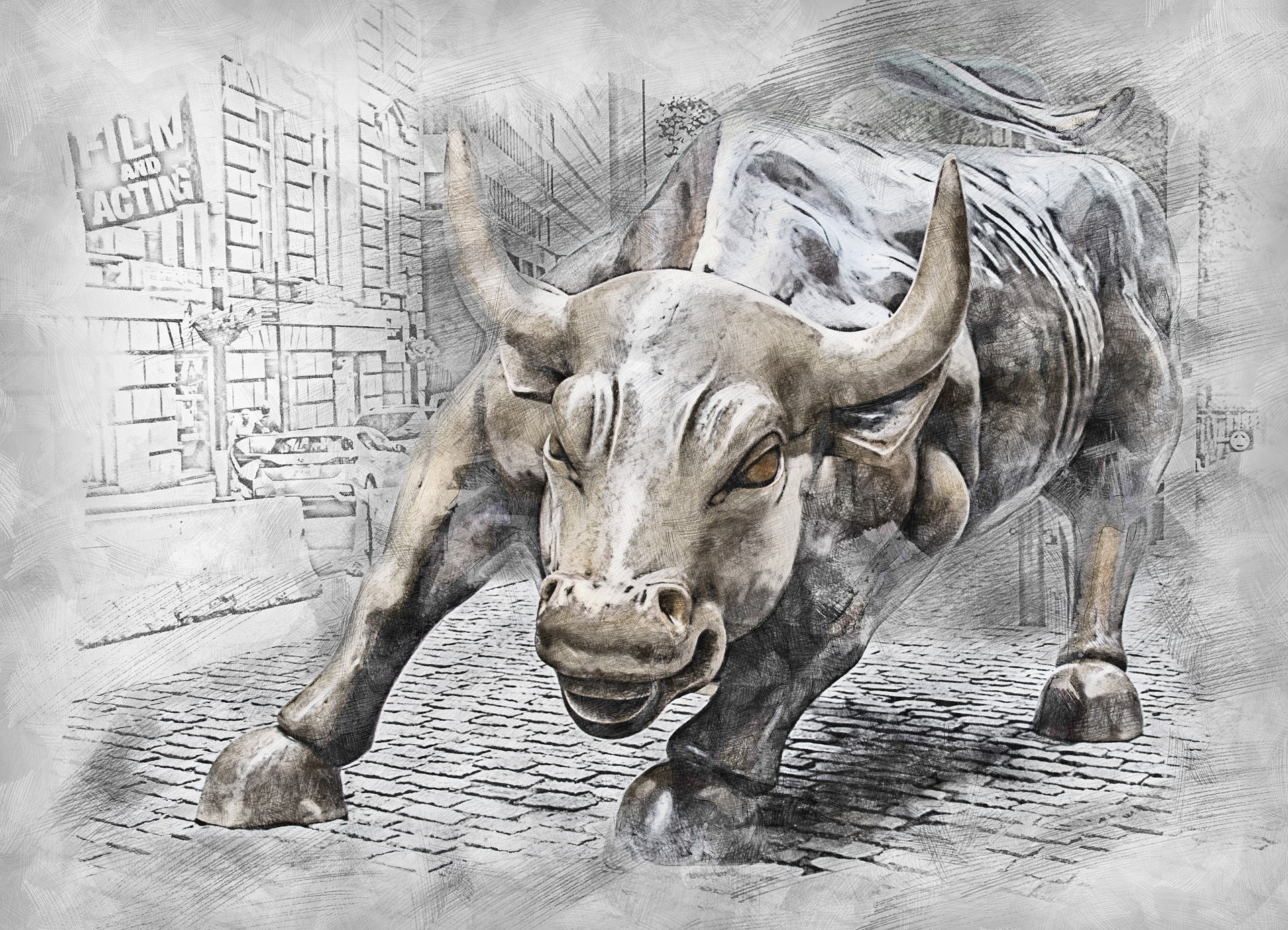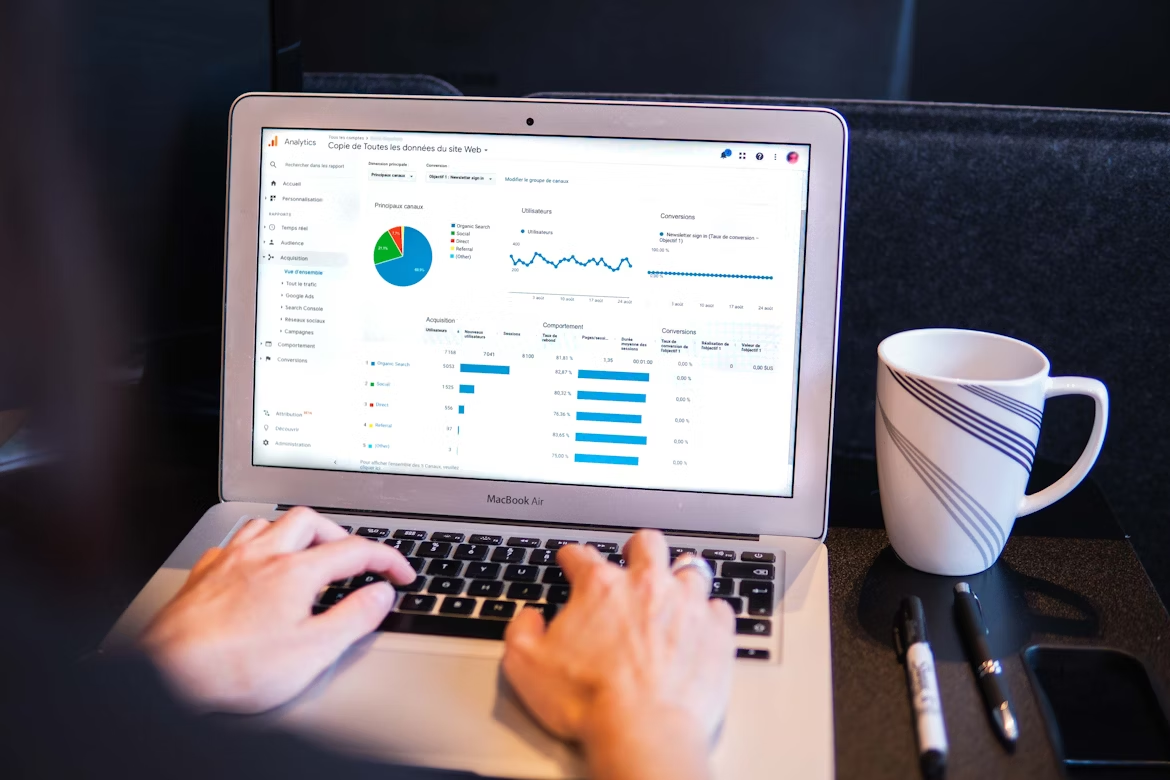Q1 2021 Equity Market Outlook; Will the Rally Continue in Q2?
Following the news flow in 2020, an eventful fourth quarter capped off a rollercoaster journey of a year that no one saw coming. A positive news on vaccine approvals, a conclusion to the U.S. Presidential election, an additional round of fiscal stimulus and a Brexit decision, concluded the year 2020 to finish with a big bang, having delivered one of the fastest recoveries in the history of the markets after the sell-off in March 2020.
Aside from the unfortunate spike in cases, the necessary ingredients for the global stock market to continue its monumental comeback were delivered as hoped. On balance, the good news put upward pressure on longer-term interest rates as investors recalibrated for higher inflation and growth expectations. The U.S. stock indices, Dow Jones Industrial Average and the S&P 500 climbed to fresh all-time highs driven by various stimulus measures and the quick rollout of covid-19 vaccines.
Several deciding factors behind the movement in global stocks:
COVID-19 vaccine approval and fast inoculation:
The news of approval of the first coronavirus vaccine appeared to be the primary driver of gains in the quarter. The most awaited vaccine approvals likely mark the beginning of the end of the pandemic, followed by the swift rollout and inoculation of the vaccines.
The US stimulus bill was passed by Congress and signed into law by President Biden, providing a $1.9 trillion boost to the economy.
With his signature, the president checks off his first priority in the White House. The plan will send direct payments of up to $1,400 to most Americans, extends a $300/week unemployment insurance supplement, expands the child tax credit, and puts funds into vaccine distribution.
EU countries initiated another step toward financial integration with the approval of the EUR 1.8 trillion budget for 2021 to 2027, which also includes a EUR 750 billion coronavirus recovery fund.
Markets responded to Democrats took control of the U.S. Senate.
Vice President Harris swore in three members to give the party a narrow grip on both houses of Congress as well as the White House for the first time in a decade. Given the narrow Democratic Party majority, moderates from both parties may be in the driver’s seat when it comes to passing new legislation.
Ultra-low interest rate:
Federal Reserve remained dovish at the FOMC meetings. The U.S. Federal Reserve’s policymaking committee voted to keep short-term borrowing rates near zero in a widely expected move. The Fed also ramped up its expectations for economic growth by 6.5% this year but indicated that there are likely to be no interest rate hikes through 2023.
What to watch in Q2? Threats and risks for investors.
Rising COVID-19 cases remain a top concern for markets, with total global infections exceeding 128 million, and deaths of more than 2.8 million. Especially in Europe, worsening infection rates are raising worries of a “third wave”.
Any attempt to reform the US tax system has a tremendous impact on the performance of the stock market. Last Tuesday, Treasury Secretary Yellen told lawmakers that the future corporate taxes hikes will be needed to pay for infrastructure projects and other public investments, from the current 21% to 28%.
Following the $1.9 trillion government stimulus, we will probably see an increase in inflation.
Another risk for equity markets is rising bond yields. The 10-year Treasury yield jumped 11 basis points above 1.75%, reaching its highest level since January 2020.
Company earnings
Q4 earnings strongly beat consensus analyst estimates as well as what was mostly conservative company guidance. We generally see the pattern continuing this year. Though that should be good for the stock market broadly, we don’t expect real clarity on the earnings picture until the Q3 or Q4 earnings seasons.
Conclusion:
2021 may see a longer runway for U.S. equity asset classes exposed to cyclically sensitive “value” sectors. Domestic small cap stocks and non-U.S. equities may also outperform. Central bank policies also have pushed yields to new lows, forcing income-reliant savers to invest further out on the risk/return spectrum to maintain current income levels.
Regardless of how quickly life normalizes after the pandemic, some aspects of commerce and real estate might have changed for good. Considering all these above positive and negative points I advise everyone when you try to build a portfolio there should be at least some less-risky assets that can be useful in helping you ride out future up and downs in the market.















